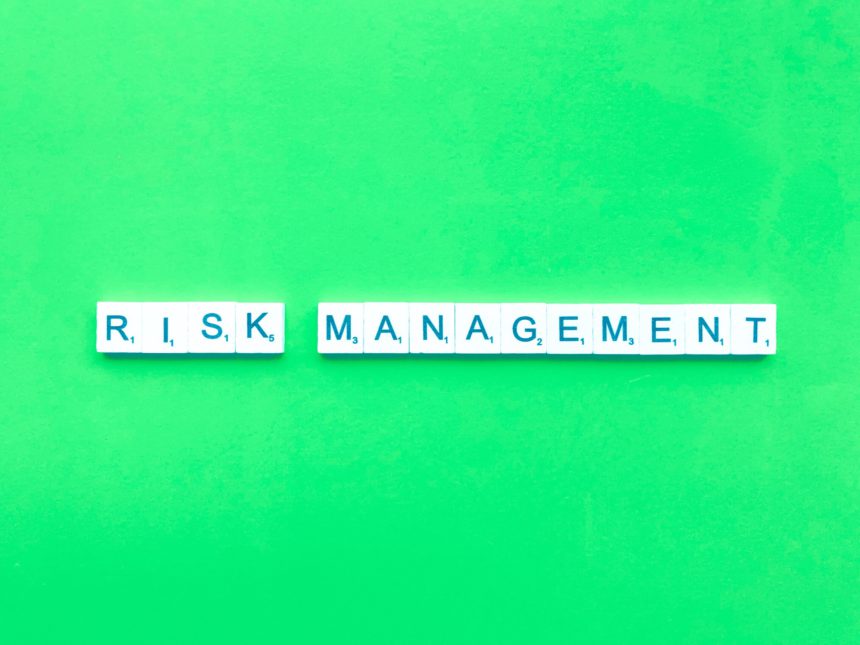Business Risk Management: Anticipate Challenges and Develop Action Plans to Overcome Them
In today’s fast-paced and unpredictable business environment, effective risk management is more crucial than ever. Companies face a myriad of challenges that can threaten their operations, reputation, and bottom line. Business risk management involves identifying potential risks, assessing their impact, and developing strategies to mitigate them. This article explores the importance of risk management, the types of risks businesses face, and actionable steps to create robust action plans.
The Importance of Business Risk Management
Risk management is not just a protective measure; it is a strategic approach that can enhance a company’s resilience and competitiveness. By anticipating challenges, businesses can:
- Minimize financial losses
- Protect their reputation
- Ensure compliance with regulations
- Enhance decision-making processes
- Improve operational efficiency
According to a report by the Risk Management Society, organizations that implement effective risk management strategies can reduce their operational costs by up to 20%. This statistic underscores the financial benefits of proactive risk management.
Types of Business Risks
Understanding the various types of risks is essential for effective risk management. Businesses typically face the following categories of risks:
- Strategic Risks: These arise from the fundamental decisions that affect the direction of the company, such as market competition and changes in consumer preferences.
- Operational Risks: These are related to internal processes, systems, and people. Examples include supply chain disruptions and equipment failures.
- Financial Risks: These involve the financial health of the organization, including credit risk, liquidity risk, and market fluctuations.
- Compliance Risks: These stem from the need to adhere to laws, regulations, and internal policies. Non-compliance can lead to legal penalties and reputational damage.
- Reputational Risks: These arise from negative public perception, which can be triggered by poor customer service, product recalls, or unethical practices.
Steps to Develop an Effective Risk Management Plan
Creating a comprehensive risk management plan involves several key steps:
1. Identify Risks
The first step is to conduct a thorough risk assessment. This can be achieved through:
- Brainstorming sessions with key stakeholders
- Surveys and questionnaires
- Reviewing historical data and case studies
2. Analyze Risks
Once risks are identified, analyze their potential impact and likelihood. This can be done using qualitative and quantitative methods, such as:
- Risk matrices
- SWOT analysis (Strengths, Weaknesses, Opportunities, Threats)
- Scenario planning
3. Develop Action Plans
For each identified risk, develop a detailed action plan that includes:
- Risk mitigation strategies
- Assigning responsibilities to team members
- Establishing timelines for implementation
4. Monitor and Review
Risk management is an ongoing process. Regularly monitor the effectiveness of your action plans and make adjustments as necessary. This can involve:
- Conducting periodic risk assessments
- Gathering feedback from employees and stakeholders
- Staying updated on industry trends and regulatory changes
Case Study: The Importance of Risk Management
A notable example of effective risk management is the case of Johnson & Johnson during the Tylenol crisis in 1982. After several deaths linked to cyanide-laced Tylenol capsules, the company swiftly recalled 31 million bottles, despite the financial implications. Their proactive approach not only mitigated further harm but also restored consumer trust, demonstrating the power of effective risk management in protecting a brand’s reputation.
Conclusion
In conclusion, business risk management is an essential component of a successful organizational strategy. By anticipating challenges and developing comprehensive action plans, companies can safeguard their assets, enhance their reputation, and ensure long-term sustainability. The steps outlined in this article provide a framework for businesses to identify, analyze, and mitigate risks effectively. As the business landscape continues to evolve, organizations that prioritize risk management will be better positioned to navigate uncertainties and seize opportunities for growth.
